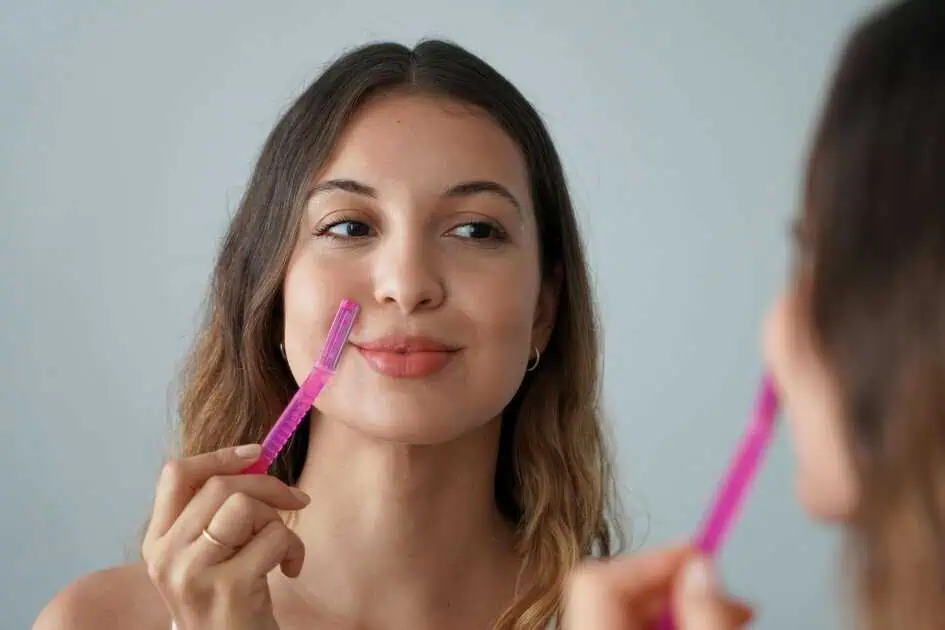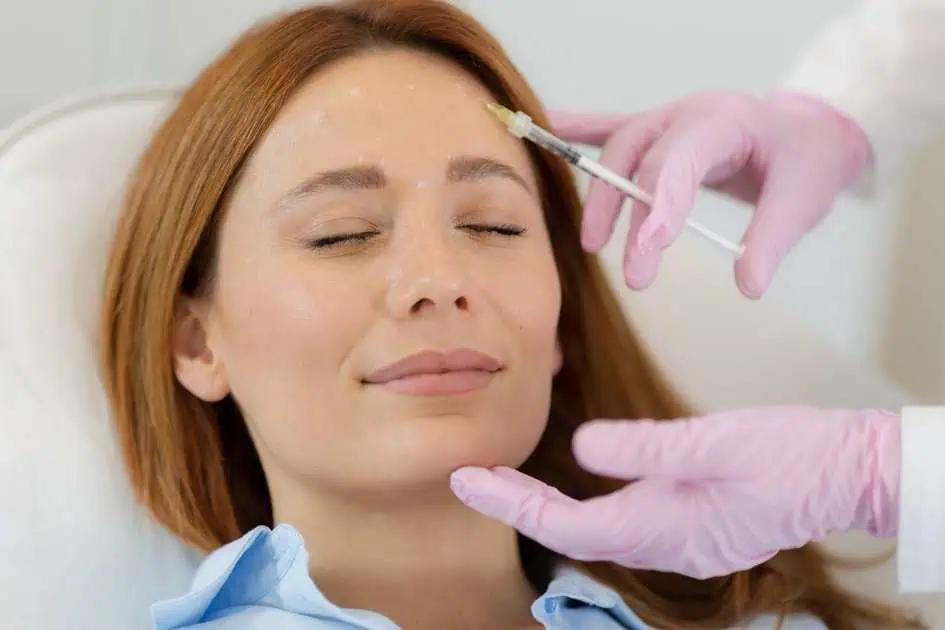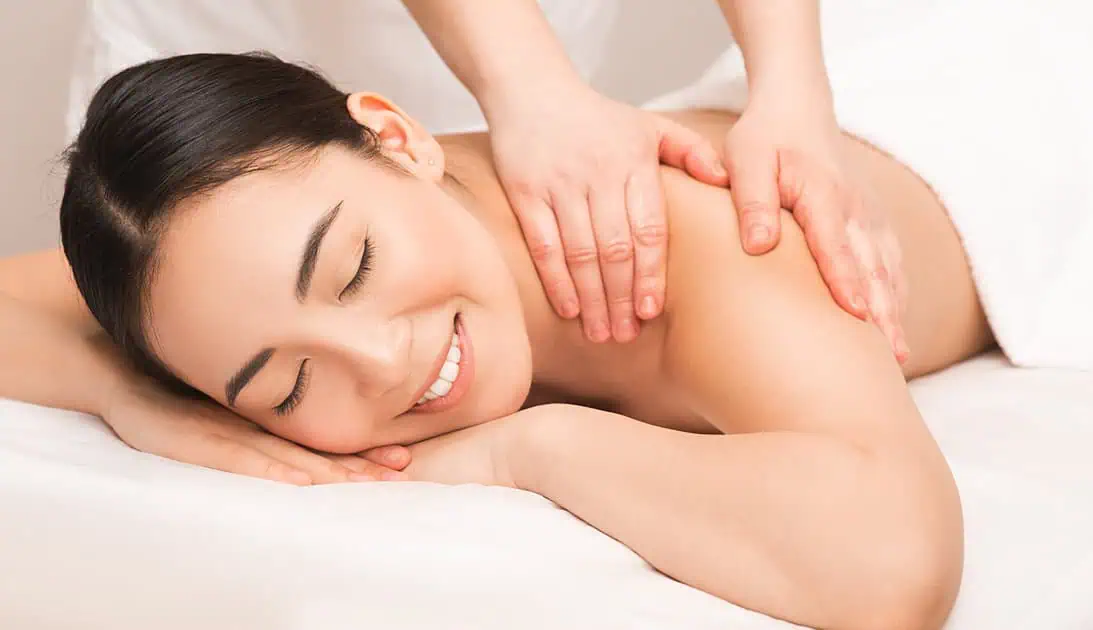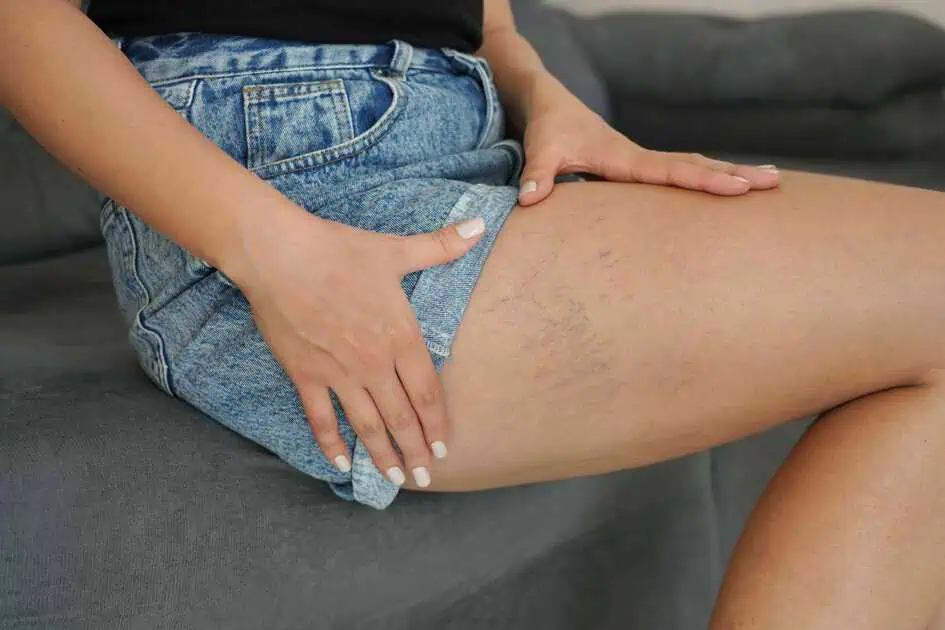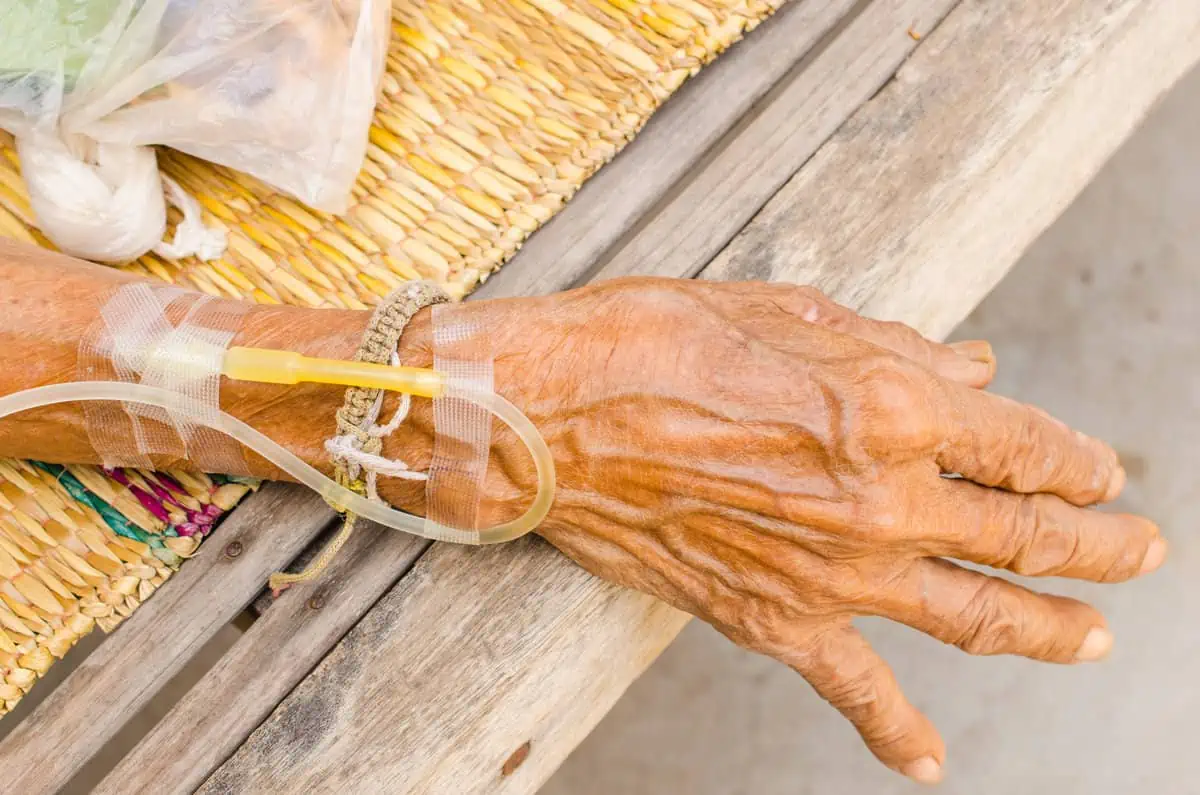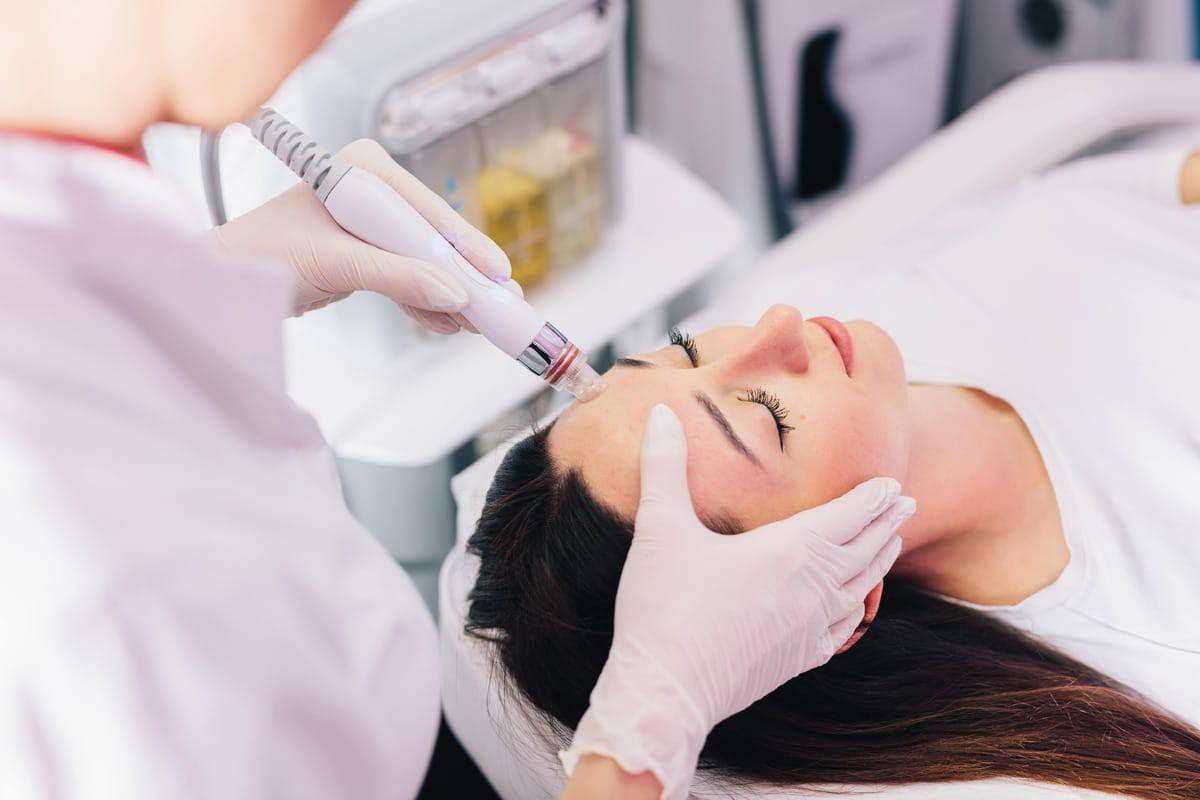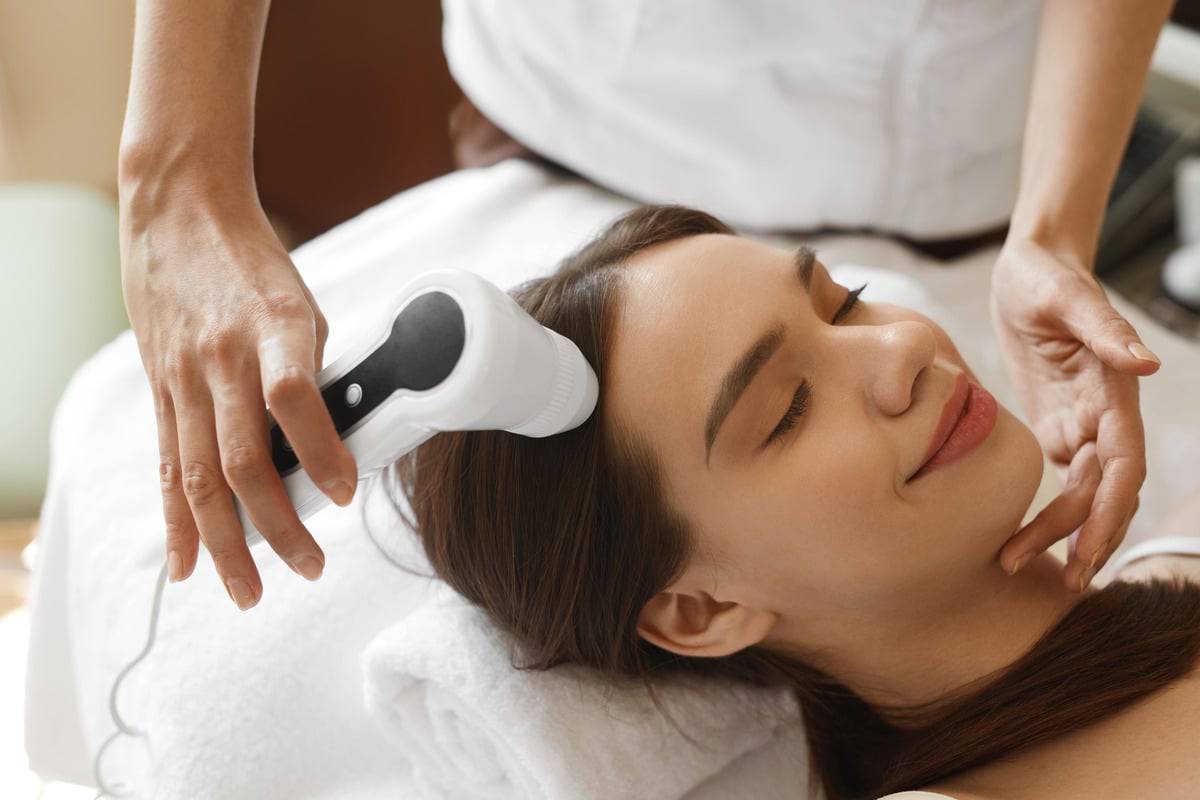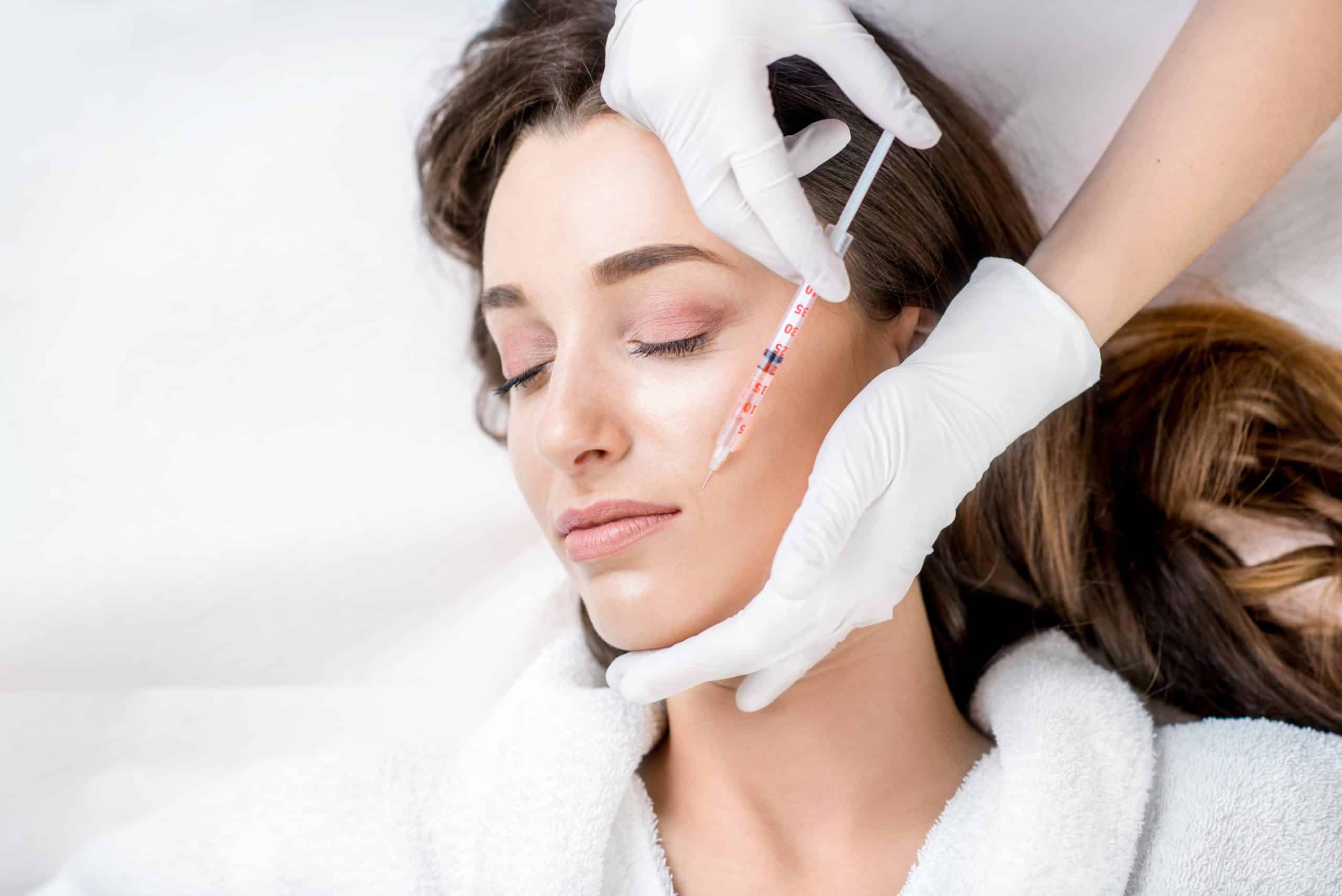Introduction
Facial waxing is a method of removing unwanted hair from the face of a person. It is usually done by applying hot wax to the skin and then ripping it off in the opposite direction of hair growth. You can treat the face with waxing strips or a cloth strip resembling cheesecloth. After removal, the skin may become irritated and red for several hours after treatment.
What is face waxing?
Facial waxing is a cosmetic hair removal technique that uses heated wax to remove unwanted facial hair. The wax is applied to the area where hair removal is desired, typically using a spatula or applicator, and then a strip of cloth or paper is pressed onto the wax. The fabric or paper is quickly pulled off in the opposite direction of hair growth, which removes the hair at its roots.
Facial waxing can remove hair from various areas of the face, including the upper lip, chin, eyebrows, and sideburns. It is a popular hair removal method because it can provide smooth, long-lasting results and be less time-consuming than other methods like tweezing or threading. However, facial waxing can also be painful and may cause irritation, redness, or breakouts for some people. To avoid adverse reactions, one must follow the instructions carefully and test a small skin patch before using wax on a larger area.
Why should you try face waxing?
Face waxing is a great way to keep your skin looking youthful and healthy. It can also help you avoid acne, reduce the appearance of wrinkles, and make your complexion look more even-toned. Specifically, it has the following benefits:
- Smoother skin: Facial waxing removes hair from the root, leaving the skin feeling softer and silkier than other hair removal methods.
- Longer-lasting results: Waxing can provide longer-lasting results than other methods, as it removes hair from the root; this means you may not have to wax as frequently as you would with other methods like shaving.
- Thinner regrowth: Regular waxing can help thin out hair regrowth, making it less noticeable and easier to manage.
- Precise shaping: Waxing can be a great way to shape eyebrows or remove hair from specific facial areas, allowing for more precise grooming.
- Convenience: Waxing can be a convenient hair removal method because it is done quickly and easily at home or a salon.
When to get started with face waxing?
The appropriate time to start face waxing can vary depending on a person’s hair growth and preference. In general, waiting until the hair is long enough to be removed by the wax is recommended, around 1/4 inch or 6mm long. If the hair is too short, the wax may not be able to grip it properly, leading to an ineffective waxing session.
In terms of age, there is no specific age requirement for facial waxing. However, some people may prefer to wait until their teenage years or finish puberty before starting facial waxing; this is because hormonal changes during puberty can cause an increase in hair growth, and it may be more challenging to manage unwanted hair at a younger age.
Preparation for face waxing
Proper preparation is essential to ensure a successful and safe facial waxing experience. Here are some tips for preparing for face waxing:
- Let the hair grow: Make sure the hair on the face is long enough to be removed by the wax. The hair should be at least 1/4 inch or 6mm in length.
- Exfoliate: Exfoliate the skin a day or two before waxing to remove dead skin cells and help prevent ingrown hairs. It will also help the wax adhere to the skin better.
- Cleanse: Cleanse the face thoroughly before waxing to remove dirt, oil, or makeup, which will also help prevent breakouts.
- Avoid sun exposure: For at least 24 hours before waxing, sunburned skin is more sensitive and prone to irritation.
- Avoid moisturizer: Do not apply moisturizer or any other product to the skin before waxing, as this can interfere with the wax’s ability to adhere to the hair.
- Take pain relief medication: Consider taking an over-the-counter pain relief medication, such as ibuprofen, 30 minutes before the waxing session to help minimize any discomfort.
- Test a small area: Before applying the wax to a larger size, test a small skin patch to ensure no adverse reaction to the wax.
Procedure for face waxing
The procedure for face waxing is simple. Here’s what you need to do:
- Before your appointment, remove your makeup and cleanse your face.
- Sit in front of a mirror during the meeting and let your aesthetician work on your skin. They will apply warm wax on the area they want to remove hair and then pull it off with quick jerks in opposite directions (like taking off a bandage); this can be uncomfortable at first but gets easier as time goes by!
- Afterward, apply an anti-inflammatory cream like aloe vera gel or calamine lotion if necessary; these products help soothe irritation caused by waxing.
Aftercare for face waxing
Aftercare for face waxing is essential. Keep the area clean and dry, and use moisturizer to smooth the skin. Avoid sun exposure for at least 48 hours after your session; this will help prevent inflammation or infection in the hair follicles.
Candidates for face waxing
Candidates for face waxing are anyone who wants to remove hair from the face. While some people may have sensitive skin, you don’t need to be concerned about this if you plan on waxing your eyebrows. However, if you have acne or rosacea (a condition that causes redness), it’s best to wait to get your facial hair removed until those conditions clear up.
If you want to try getting rid of excess facial hair but haven’t done so before because of concerns over how sensitive your skin might be, don’t let them stop you! All skin types can benefit from regular exfoliation and removal of dead cells–and while there may be some redness after waxing at first, this will disappear within 24 hours without any further treatment beyond moisturizing afterward.
Side effects of facial waxing
Facial waxing can have some side effects, especially if it’s not done correctly or the skin is sensitive. Some of the most typical side effects of facial waxing include the following:
- Pain and discomfort: Waxing can be a painful and uncomfortable process, especially if you have sensitive skin. It may also cause minor bleeding or bruising.
- Skin irritation: Waxing can cause skin irritation, redness, and inflammation, especially if the skin is sensitive or if the wax is too hot. Some people may also experience itchiness or a rash.
- Ingrown hairs: Waxing can lead to ingrown hairs, especially if the hair is coarse or curly. Ingrown hairs can cause redness, inflammation, and bumps on the skin.
- Breakouts: Waxing can cause breakouts, especially if the skin is already prone to acne or if the waxing is done improperly.
- Burns: If the wax is too hot or left on the skin for too long, it can cause burns and blisters.
Although you can do it at home, a professional can properly and safely execute the procedure. Remedy Aesthetics and Wellness can do this for you. Just ping them and get the safest and most excellent facial waxing!



